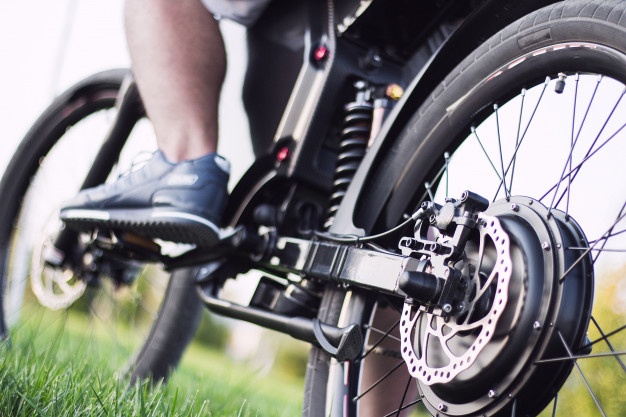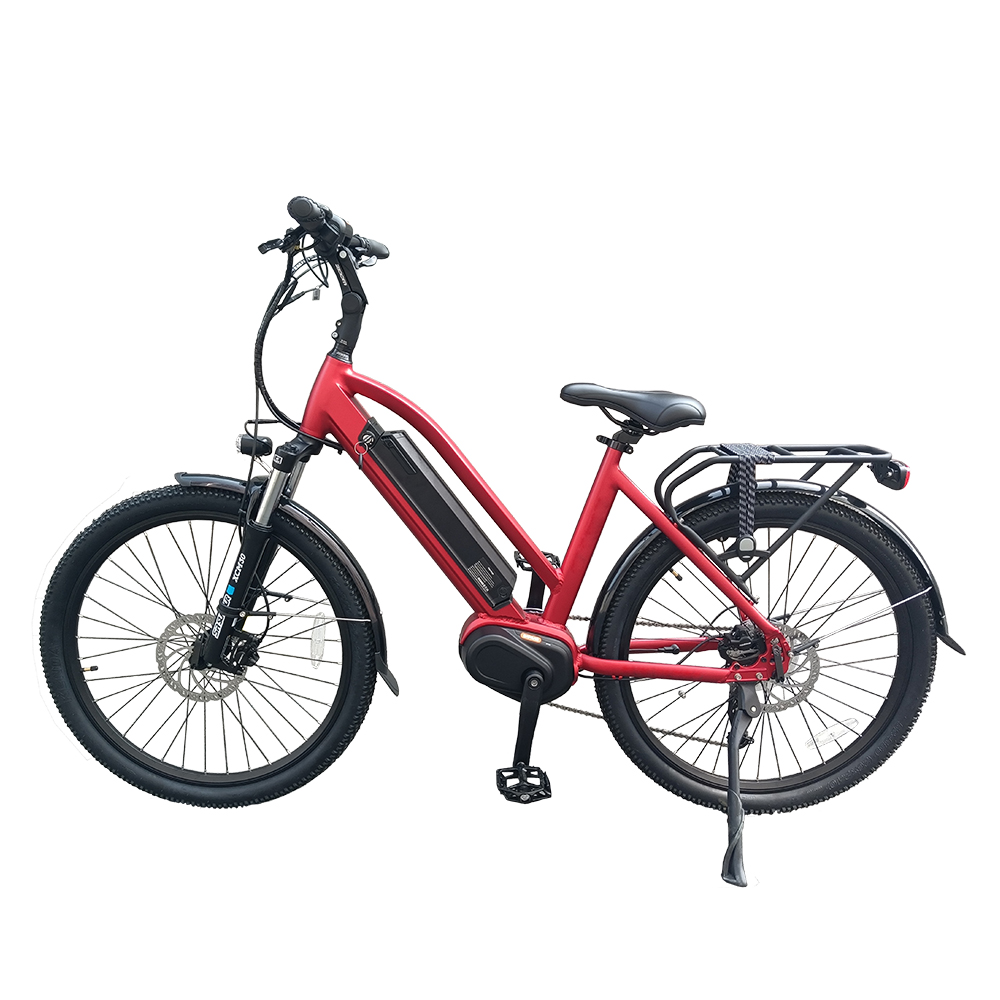Release Time:2023-08-18 11:17:11 Browse:
Electric bike hub motors and mid-drive motors are two common types of electric motor systems used in e-bikes, each with its own set of advantages and disadvantages. Here's a breakdown of the main differences between the two:
Hub Motors:

1. Placement: Hub motors are located within the hub of one or both of the bike's wheels (front or rear). They are integrated directly into the wheel itself, making them less visible and more compact.
2. Simplicity: Hub motors are simpler in design and installation. They involve fewer moving parts and are generally easier to maintain.
3. Direct Drive vs. Geared: Hub motors can be either direct drive or geared. Direct drive hub motors have a larger and more powerful design, providing better efficiency at higher speeds, but they can be heavier. Geared hub motors are smaller, lighter, and better suited for lower-speed and city commuting.
4. Low-Center of Gravity: Hub motors tend to have a lower center of gravity, which can provide better stability and handling, especially at low speeds.
5. Easy Retrofitting: Hub motors are often easier to retrofit onto existing bicycles since they don't require modifications to the bike's drivetrain.
6. Simpler Shifting: Hub motors do not interfere with the bike's gears and drivetrain, making shifting gears simpler and more conventional.
Mid-Drive Motors:

1. Placement: Mid-drive motors are located near the bike's bottom bracket (where the pedals are attached). They are connected to the bike's chain and work in conjunction with the bike's existing gears.
2. Torque and Power: Mid-drive motors generally offer more torque, which makes them well-suited for climbing steep hills and rough terrains. They leverage the bike's gears to provide efficient power delivery.
3. Efficiency: Mid-drive motors tend to be more efficient, as they can take advantage of the bike's gears to maintain an optimal motor RPM for different riding conditions.
4. Weight Distribution: Mid-drive motors can lead to better weight distribution between the front and rear wheels, which can improve overall handling and stability, especially on challenging terrain.
5. Drivetrain Wear: Because mid-drive motors engage with the bike's chain and gears, there can be more wear and tear on the drivetrain components over time.
6. Complexity: Mid-drive systems can be more complex to install and maintain due to their integration with the bike's existing drivetrain components.